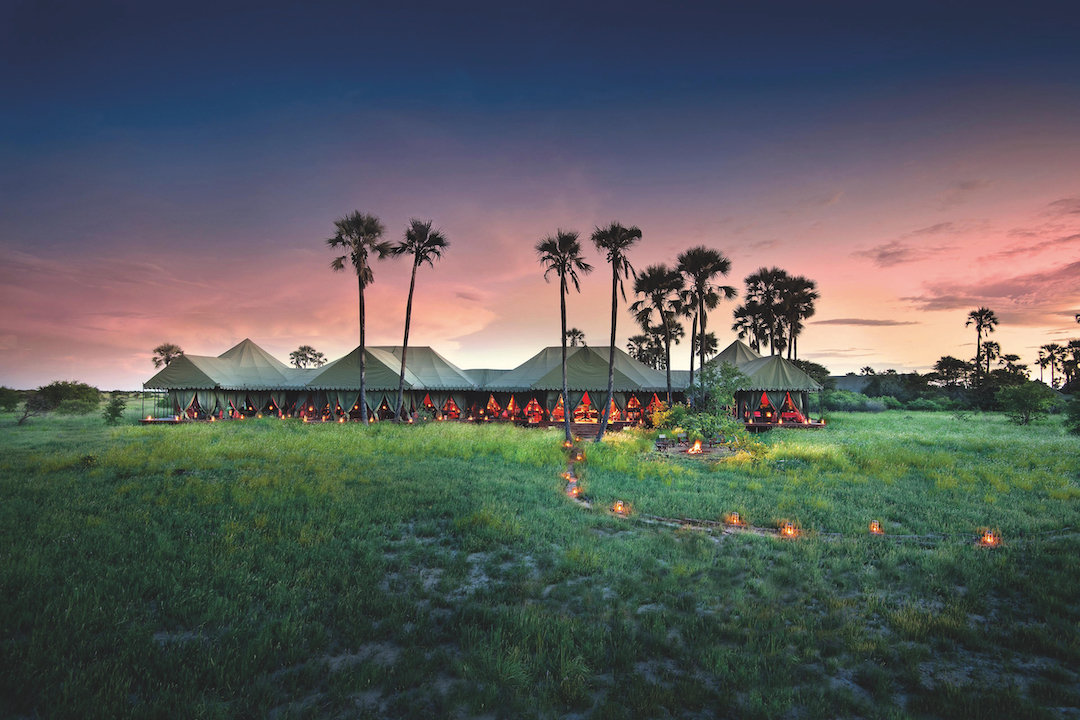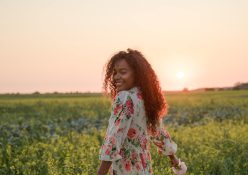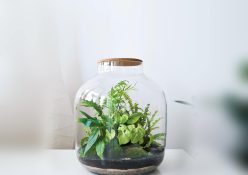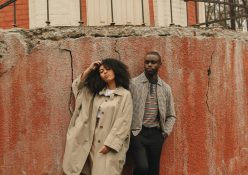Botswana is one of Africa’s most expensive countries to visit when paying in rands, so we’ve uncovered the best tips, tricks and hacks to explore this republic without breaking the bank.
Botswana is where you go when you really want to experience the bush – and for South Africans, Botswana remains one of the more accessible African countries to visit. The only problem is that Botswana is getting more and more expensive, and a self-driven family holiday seems out of reach for most of us who are counting our pennies.
When asked how you could spend less on vacation in Botswana, those who holiday there regularly and also frequent the #IloveBotswana forums on the internet all say the same thing: ‘Don’t go so far north’. Instead, they mean you should stay in Central Botswana, which will save on fuel costs as well as wear and tear on your car, as most of the roads are tarred – except for the short sandy bits close to where you’ll set up camp. But, if you do decide to head way up north or explore the Tuli Block – we’ve got you covered!
Rest your head
Do some research before deciding where you’ll stay. For example, it might be cheaper, in the long run, to sleep over at a lodge where many activities are included in the accommodation rate. This works out incredibly well if you’re travelling with a 24 and the lodge has 44 excursions included.
That said, if you plan on an extended holiday then camping is the best option for keeping costs in check. Tessa Bell, the host of the popular Beautiful Botswana podcast, says a night on the Makgadikgadi Pans is a must. ‘Either with Jack’s Camp or Leroo La Tau for the higher-end travellers, or Planet Baobab for the more budget-conscious. It is a remarkable space and a must-do. Take Stephen O’Meara’s book Night Skies of Botswana with you. Worthwhile for any traveller, not only the pan visitors,’ she says. planetbaobab.co
Eselbe Camp is on the banks of the Nata River, 2 km north of Nata central. The camp can accommodate up to 12 guests. It features a chalet, two bedded tents and camping space for overlanders, self-drive rooftop tents and ground tents. In addition, when the Nata River is in flood, they provide you with canoes. You can float past the township, all the way to the Makgadikgadi Pans to see the flamingos, pelicans and maybe even greet a pod of hippos – just remember that you have to paddle all the way back! eselbecamp.com
If you decide to head up north, Tessa says you should go to her favourite place, Savuti. ‘Enjoying the hills in contrast to the marsh and then the channel is so special. Stay at lodges in the area or camp on the channel where you can get flush loos and hot showers in the communal ablutions and water points at each tent,’ she says. Campsites are BWP 275 (approximately R365) per person. Each campsite can accommodate three vehicles and park fees are extra. chobenationalpark.co.za

Our favourite must be a visit to the Tuli Block. Tuli Wilderness has various camps to suit different budgets, and they offer an authentic wilderness experience. A visit to their Spotted Hyena Den is a memorable event. Stay at their unfenced Serolo Safari Camp, where self-catering options start at R1 675 per night per person sharing (R840 for kids 2–12 years old). Two game drives per day are included. tulitrails.com
Eats and treats
Jurgen Elbertse from The Africa Experience has two properties in the Tuli Block – Koro River Camp and Koro Island Camp. He says he notices a lot of uncertainty from South Africans venturing to Botswana. ‘I get a lot of questions about meat, vegetables, shopping, etcetera. In general, Botswana has better meat and much better prices than South Africa. Vegetables are easy to get,’ he says. ‘Why bring this all yourselves? You might not find lamb chops, though…’ Take note! the-africa-experience.com
All the experts we consulted say that you should try cheap and cheerful traditional dishes when going driving through towns at lunchtime. Just ask the locals where you should go.
Annamarie Burger from All-Round Safaris is a treasure trove of Botswana info. She says it is easier to buy non-perishables in South Africa, especially if you plan on camping every night. You won’t find a shop around every corner, so stock up before you leave home. ‘You can find affordable, fresh meat in most of the chain stores such as Spar in Kasane, Maun and Francistown,’ she says and adds that Palapye has a large Food Lover’s Market with excellent produce. Francistown also has a Wimpy, and Maun has a Woolworths. allroundsafaris.com

Do it!
After spending the night on the Makgadikgadi Pans, visit the Nata Bird Sanctuary 20 km south of Nata on the eastern tip of the pans. If you are lucky, you’ll find the flamingos who come to breed in the winter. It is one of the most significant breeding sites for lesser and greater flamingos in the world. In addition, there are more than 150 other bird species to be found, such as pelicans, stilts, korhaans, bustards and spoonbills.
The entrance fee is ±R70.
Another tip from Tessa Bell: ‘If you want to experience Chobe River without all the boats on the river, go on a morning cruise. Less animal activity on the river but way less boat traffic.’
Annamarie says a mokoro ride is a must and can be booked at any lodge where you overnight. And if you do have the cash to spare, a flight over the Delta in Maun is an experience that you will treasure forever.
Remember
The pula is the currency of choice, so pull over at an ATM in the first town you drive through. South Africans assume that rands will be widely accepted, but you’ll get stuck fast, as fuel is mostly sold cash. However, you’ll be able to pay for accommodation at most places using your credit card.
It is wise to buy at least one Botswana sim card per group of travellers. Roaming is costly in Botswana, but most lodges have
free WiFi.
There you have it – how to come back from Botswana with some bucks in your back pocket. You can thank us later.
Words: Mart-Marié Du Toit | Photography: Courtesy Images







